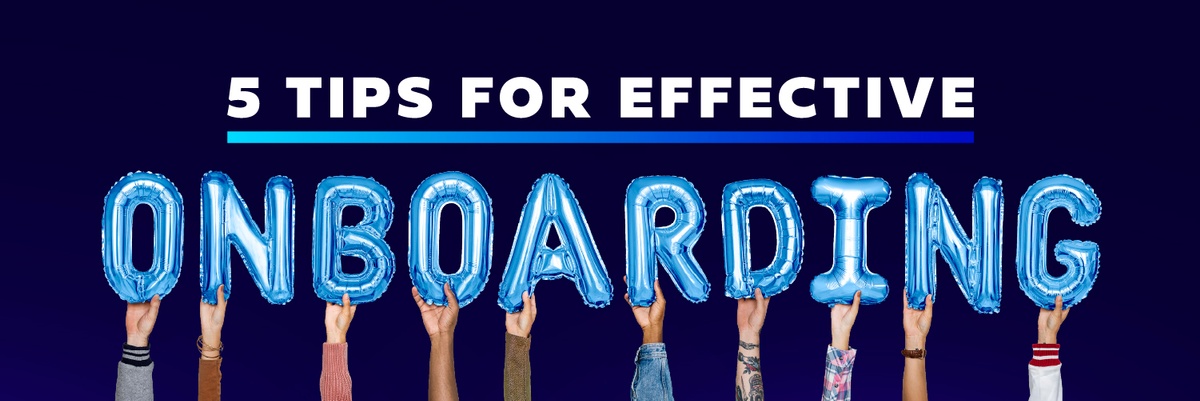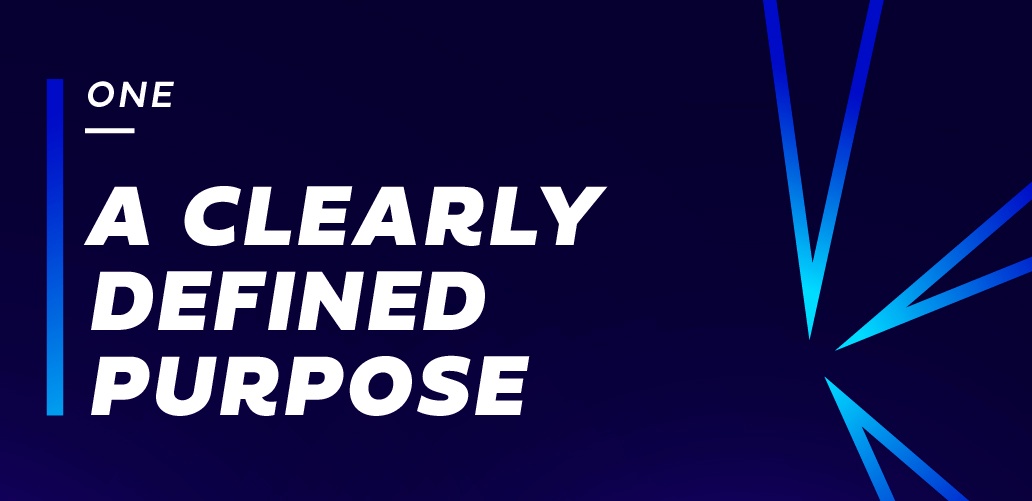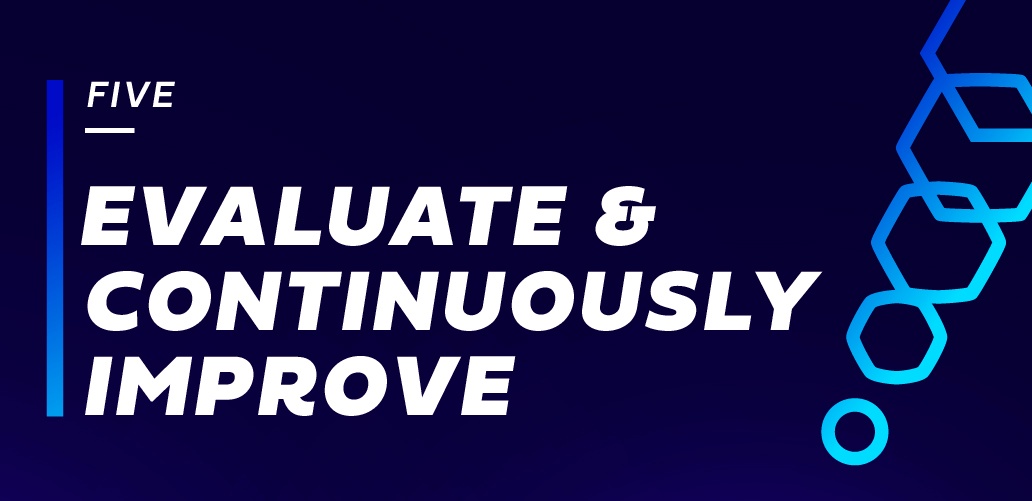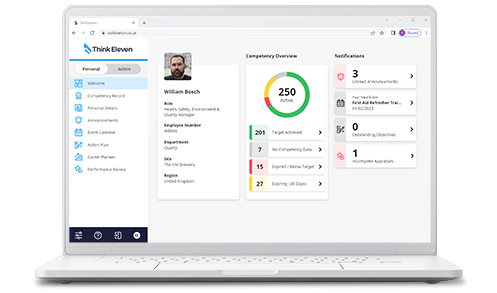We’re all aware of the saying, “Make sure you make a good first impression.” So why does this typically not happen or apply to your induction and on-boarding process?
After investing significant time and resource in a rigorous recruitment & selection process to find the right talent, we then let ourselves down at the first opportunity to make a positive and impactful impression.
Ask yourself and colleagues this question:
Do you think our induction process is making a positive and impactful impression, or are we just doing it because it’s expected, and required to tick a box?
Time vs. Value
Look at it this way, what other activity or process would you invest time and effort into for little or no return? For example, imagine if an organisation delivers one induction per month (12 per annum) taking one-day (8 hours). If there are fifteen new starters per annum and one person delivering induction this equates to:
(15 inductees + 1 presenter) x 8 hours x 12 inductions = 1,536 hours or 192-days
That does not include preparation time etc.
Wow, that is a lot of time if it is not making the right impression or having the desired or intended impact!
I know from my own experience that:
Inductions
Can be incredibly dull (death by PowerPoint) and have no clear purpose, objectives, or outcomes. In some cases, they don’t take place and can be inconsistent in terms of content and delivery. Even worse, the content is clearly old and out of date, further compounded by poor person or people nominated to deliver it, are quite often bored with delivery and that is visible to the new employee (inductees).
On-boarding
Similar to the issues outlined with induction but tends to be worse as it’s over an extended time period and can quite often be forgotten about, or business as usual gets in the way.
So there must be a better and smarter way.
5-Steps to an effective induction/on-boarding process
Have a clearly defined purpose
As with anything you do, it is important to have a clearly defined purpose with demonstrable and measurable objectives to assess and reflect whether you are delivering against the intended outcome. An example of a purpose for induction could be:
To effectively induct new employees into the organisation in an engaging and impactful way with the objective of:
- Making them feel an important and valued addition to the organisation
- Explaining the importance and application of your organisational values
- Introducing key people within the organisation
- Understanding where they fit within the organisational structure
- Providing an overview and clarity about our product/service
- Creating awareness of key policies and procedures
- Introducing to health, safety and environmental requirements
- Introducing your quality management system and policy
- Assigning them a ‘buddy’ for the first month of employment
- etc.
One-size/approach does not fit all
Don’t fall into the common trap of putting everyone through the same process. Your induction and on-boarding needs to be fit for purpose for the role/function. This might even include considering who delivers the induction. Tailor the induction to address the needs of each employee or group of employees. This will ensure they remain engaged and see relevance in the content.
Choose your content and medium carefully
Please don’t default to death by PowerPoint. The same old slides deck used over-and-over without review of refresh. Try to make it participative where you can with a bit of fun e.g. quizzes, prizes… be creative.
The use of 21st century technology can optimise and streamline your induction process considerably. For example:
- Why not deploy aspects of your induction once new employees have accepted their job offer, using a Training or Competency Management System to provide access to the relevant content.
- Video is not only a great, but much easier way to convey information in an engaging way. You could create your own organisational YouTube account.
- Make sure your content is relevant and up to date. There’s nothing worse than hearing excuses on your first day as to why content is out of date, for example your organisational chart.
Select the most appropriate and effective delivery mechanism
You don’t necessarily need to deliver all aspects of your induction and/or on-boarding on the first day. Why not spread it out? For example:
- Day 1 – Welcome, introduction, organisational overview and key policies
- Week 1 – Quality Management System
- Month 1 – all HSE related training completed
Such an approach avoids death by PowerPoint and allows the new employees to access and retain more information in bite-sized chunks.
Evaluate and continuously improve
As with any activity, the value, impact and employee feedback should be carefully reviewed, and any improvements noted and implemented.
Contact Us
If you have any questions or would simply like to discuss how to improve your current approach to induction and on-boarding, simply get in-touch.







